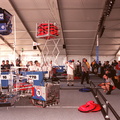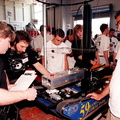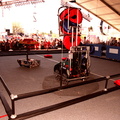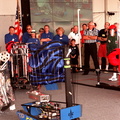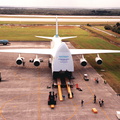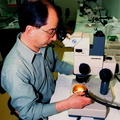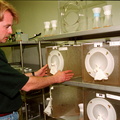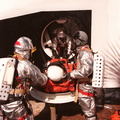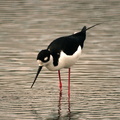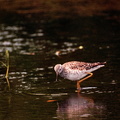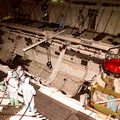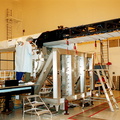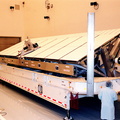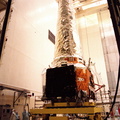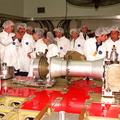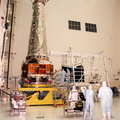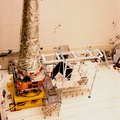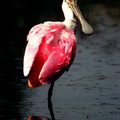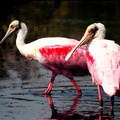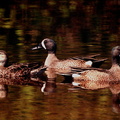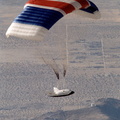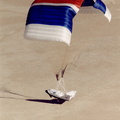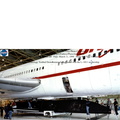
WIKIARCHIVES.SPACE
The Human Spaceflight Archive

Information
- Taken in
- Kennedy Space Center
- 作者
- NASA
- 描述
- In the Vertical Processing Facility, STS-93 Pilot Jeffrey S. Ashby, Mission Specialist Catherine G. Coleman and Commander Eileen M. Collins look at a hinge used on the solar panels of the Chandra X-ray Observatory. Members of the STS-93 crew are at KSC for payload familiarization, including Mission Specialist Michel Tognini of France, representing the Centre National d'Etudes Spatiales (CNES). Collins is the first woman to serve as a shuttle mission commander. She was the first woman pilot of a Space Shuttle, on mission STS-63, and also served as pilot on mission STS-84. The fifth member of the crew is Mission Specialist Steven A. Hawley. Chandra is scheduled for launch July 9 aboard Space Shuttle Columbia, on mission STS-93 . Formerly called the Advanced X-ray Astrophysics Facility, Chandra comprises three major elements: the spacecraft, the science instrument module (SIM), and the world's most powerful X-ray telescope. Chandra will allow scientists from around the world to see previously invisible black holes and high-temperature gas clouds, giving the observatory the potential to rewrite the books on the structure and evolution of our universe.
- 建立在
- 星期三 24 三月 1999
- Source link
- https://science.ksc.nasa.gov/gallery/photos/1999/
- 點閱次數
- 53
- 評級分數
- 沒有評級
- 評級這張相片
- License
- CC BY-NC-ND
- Modified by WikiArchives
- No (original)
- 下載
- 1
建基於 Piwigo


